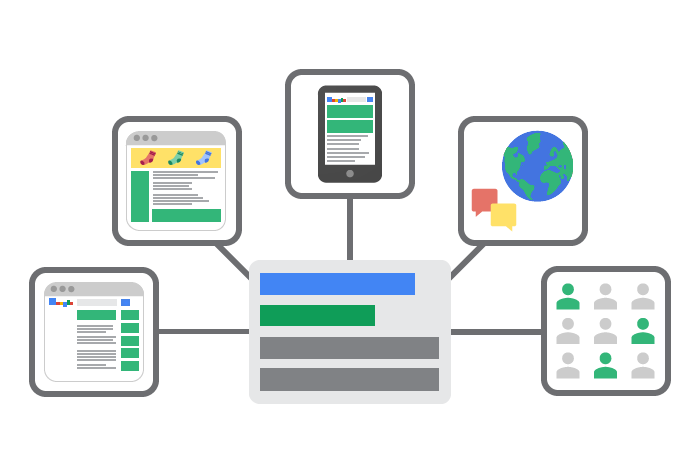Targeting Methods in Online Advertising

Among all ways of advertising, online advertising is the fastest growing form, with the report by eMarketer predicting that in 2012, the total spend on Online advertising By eMarketer would exceed that on print advertising.the Internet (online) marketing has several forms, Display advertising (web banners and banner ads advertised on blogs, web pages etc.)Email marketing (direct communication with potential customers), Referral marketing (by word-of-mouth),Social media marketing (through social networking sites like Facebook, Twitter etc.) ,Video marketing (through online video portals like YouTube),marketing through partner networks (with rewards for each customer brought by the affiliate), SEO (search engine optimization to increase the visibility of the web page) etc.
Though these Types of online marketing provide different platforms and intend to target specific sets of customers, the targeting more often than not is diluted. Put simply, a typical consumer is confounded with loads of advertisements, most of which have no relevance to him/her.
Online Advertising for Company
Given the increasing number of firms adopting online advertising, differentiating oneself as an advertiser and targeting the right audience assumes paramount importance.Targeted advertising can be adopted under multiple forms of online marketing strategies, e.g. display advertising, video marketing etc. The figure below illustrates the main types of targeted advertising.Geographic Targeting is determining target users on the basis of geographic location (state, province etc.), or serving different content to these customer segments.Demographic targeting seeks to segment and target customers based on demographic characteristics like age, gender, income, kids, etc.

Retargeting refers to identifying users who have visited an advertiser’s website but not converted and serving more ads (on the same or different platform) to the user in order to get conversions.Household-Level targeting employs MRI and other such reports in order to assess household propensity for specific item categories and seeks to target the ones with high propensity.
By far, however, one of the most complex and increasing prevalent forms of targeted advertising is Behavioral Targeting. Using software tools, algorithms, datasets and algorithms, advertisers tailor Web ads as per consumer’s online preferences. This preference is manifested through the websites they browse, products/services they search online, how close they come to making a purchase, etc.

By exposing consumers to advertisements relevant to their needs, two purposes are served:
The consumer’s cognitive load is reduced: too many irrelevant ads lead to irritation and general disregard for advertisements.
Advertiser’s online advertising efficiency increases and costs can be optimized though Behavioral Targeting presents an attractive option for advertisers, it, however, is riddled with concerns. The foremost concern is of user privacy since tracking user behavior could easily involve accessing personal user information. Appropriate measures have to be undertaken to ensure anonymity is maintained and such data is not misused.

